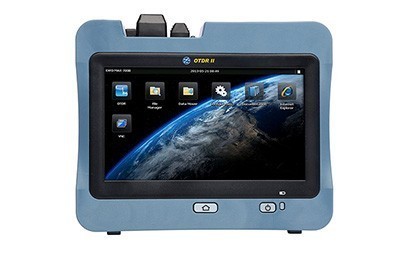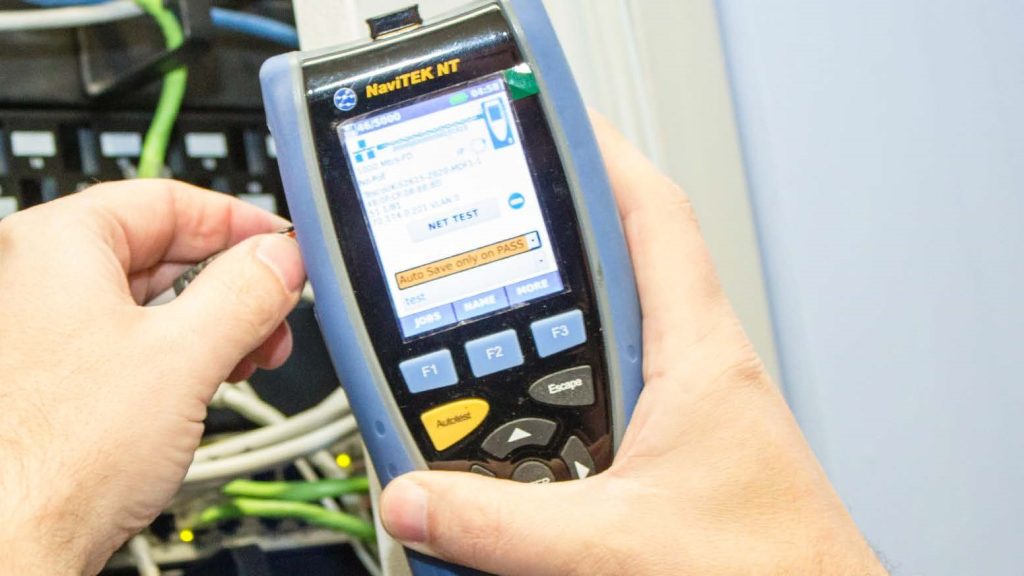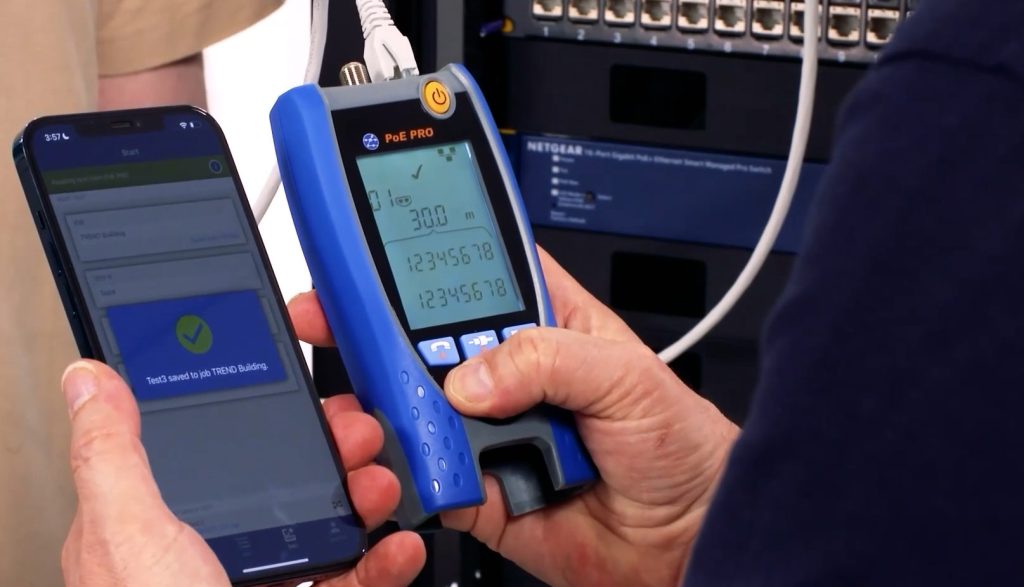Advice from IDEAL Networks helps simplify Tier-2 certification
A new White Paper from IDEAL Networks is now available to help simplify Tier-2 fiber optic certification. This provides the next level of knowledge for installers and maintenance technicians following the recent IDEAL Networks White Paper focused on understanding different fiber optic certification tiers and testers.
“Even after it has been established that Tier-2 certification is needed, installers do not always know how to thoroughly interpret the traces from the OTDR (optical time domain reflectometer),” explains Dan Payerle, Global Product Manager – Data Cable Testers, for IDEAL Networks. “Furthermore, they are not always aware of the most efficient ways to obtain and analyse these results.”
“To help simplify Tier-2 certification, the free White Paper explains which settings affect the outcome of a test, and why, while exploring the benefits of Intelligent Optical Link Mapping (iOLM),” continues Dan.
An OTDR provides a number of very different looking traces when testing the same fiber because of three basic settings: wavelength, acquisition time and pulse width. Understanding how these settings affect the outcome of a test can help technicians to complete tests more quickly, test links more accurately and even determine different causes of loss, such as a macrobend or a problem with a splice.
Obtaining a single OTDR trace for a cable is a matter of compromise between resolution and dynamic range. To work around this, technicians often create and compare multiple reports using different OTDR configurations. However, while this method captures the information needed, with several reports per fiber, it can be both difficult and time consuming for technicians to determine whether the fiber passes or fails the test.
iOLM simplifies certification by capturing and analysing all of the information on a fiber, combining the results into a single report that provides the user with a clear PASS/FAIL result. OTDRs that feature iOLM, such as the IDEAL Networks OTDR II, automate this previously complex process, offering increased accuracy while enabling technicians to work more productively.
“The key to simplifying OTDR analysis may lie in changing the way we look at OTDR test results,” says Dan. “Instead of a trace that requires years of field experience to interpret, iOLM generates a linear diagram that allows technicians with less OTDR experience to be able to certify fiber cabling and understand exactly what is happening during each test.”
To learn more about using an OTDR for Tier-2 certification and how iOLM can help installers and technicians to troubleshoot fiber cabling effectively, download the White Paper ‘Simplifying Tier 2 Certification’ here:
For more information on the IDEAL Networks range of fiber optic testers, visit www.idealnetworks.net






